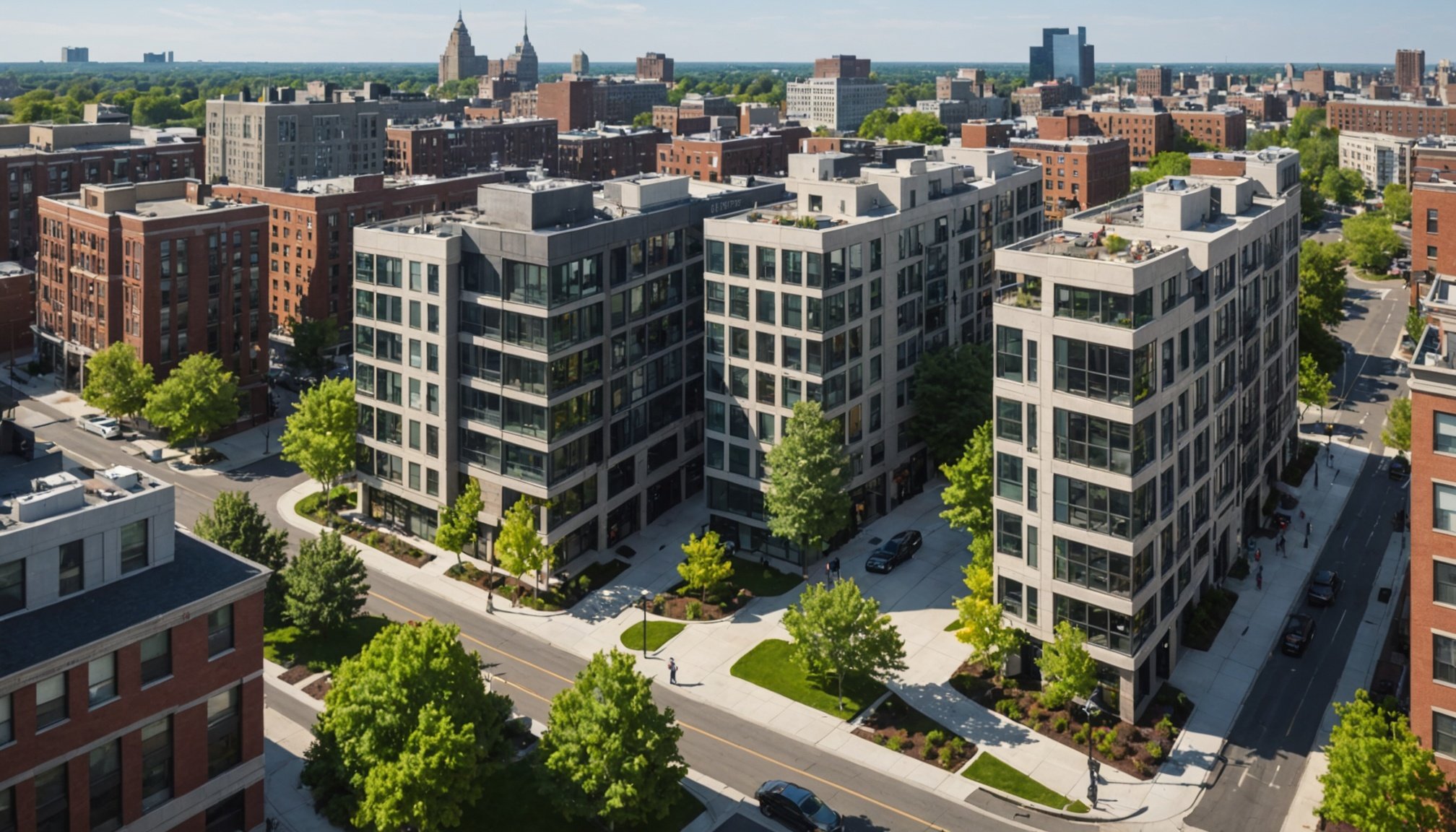Real estate development shapes not only skylines but entire communities, blending vision with strategic steps from planning to financing and construction. Understanding this process reveals how developers transform spaces into thriving residential, commercial, or industrial hubs. By navigating challenges and leveraging expertise, the industry elevates living standards and economic growth, creating meaningful, lasting impacts across regions worldwide.
Overview of Real Estate Development and Its Significance
Kabir Mulchandani Real Estate is a key player in the property development process, exemplifying how strategic project planning can shape urban landscapes. Real estate development entails more than just construction; it involves renovating, repurposing, and transforming land and existing structures into profitable, functional assets.
Have you seen this : How Can Homeowners Maximize Their Property Value in the Current Market?
Developers critically influence community growth by creating residential, commercial, or mixed-use spaces that meet societal needs. They contribute significantly to urban revitalization, economic stability, and social well-being. Their role encompasses land acquisition, feasibility analysis, securing permits, financing, and managing construction.
Understanding the development overview helps stakeholders recognize the intricate steps leading to successful projects. From zoning and land use regulations to community engagement, each phase requires expertise and precision. For those interested in navigating this sector, examining the development lifecycle and the roles involved reveals both opportunities and challenges—exemplified by the innovative strategies of Kabir Mulchandani Real Estate.
In the same genre : How Can You Secure Low-Interest Rates for Real Estate Investments in the UK?
The Key Steps in the Real Estate Development Process
Conceptualization, Feasibility, and Planning
A successful property development process always begins with a comprehensive site analysis and thorough real estate market research. These early stages combine project feasibility studies with an evaluation of zoning and land use regulations to test the viability of a proposed project. Careful urban planning and real estate strategies are employed, ensuring that stakeholder engagement in development and community input shape outcomes. Developers often use property valuation methods and real estate investment analysis techniques to refine budgets and seek funding. Detailed schedules and projected construction cost estimation are determined before moving forward.
Financing, Contracting, and Construction Management
Arranging construction financing solutions, such as loans or capital raising through investors, is the next step. Once funding is secured, developers focus on contract negotiation in property deals and the selection of construction teams. Construction project management involves close supervision to ensure regulatory compliance in property development, as well as adherence to environmental impact assessments and real estate development regulations throughout the build phase.
Permits, Sales, Leasing, and Property Management
Securing necessary building permits and meeting legal aspects of real estate development allow marketing of completed residential or commercial property. Effective real estate development marketing strategies boost leasing or sales outcomes. Post-construction property management and asset management ensure ongoing value, reflecting current property market trends and focusing on infrastructure planning for developments.
Market Types, Strategies, and Industry Trends
Commercial and Residential Development Distinctions
Commercial real estate development often features larger, complex projects such as office parks or logistics hubs. Residential real estate projects, by contrast, frequently involve smaller scales and simpler designs tailored to individual or family needs. Materials and construction cost estimation vary, with commercial projects demanding robust structures and stringent compliance requirements. Project timelines, the depth of stakeholder engagement in development, and financing and capital raising strategies differ. Detailed real estate investment analysis drives tailored approaches, considering distinct market demand and property market trends for each sector.
Emerging Trends and Innovative Practices in Real Estate Development
Most property development projects now prioritize sustainable building practices and seek green building certifications to meet regulatory compliance in property development and appeal to the eco-conscious market. Mixed-use development concepts and urban renewal initiatives are on the rise, supported by advances in smart city development and innovative urban redevelopment strategies. Integration of energy-efficient design and adaptive reuse of buildings fosters resilience and longevity for projects within shifting urban planning and real estate landscapes.
Challenges and Risk Management Considerations
Developers face rigorous zoning and land use regulations, often requiring comprehensive community impact assessment and environmental impact assessments to secure land development approvals. Effective risk management in property development hinges on accurate cost-benefit analysis in development, flexible project scheduling tools, and robust finance solutions. Success is supported by proactive stakeholder engagement in development, ensuring regulatory compliance and long-term project viability.







